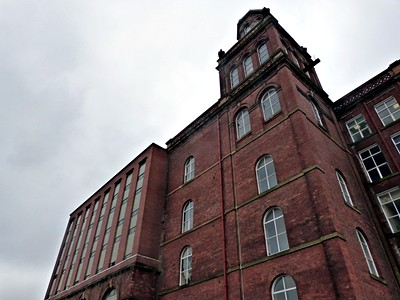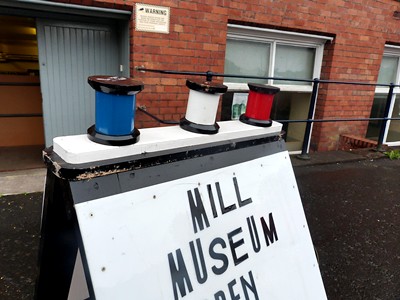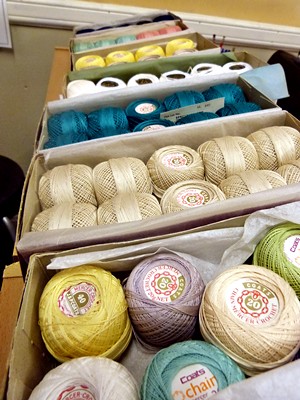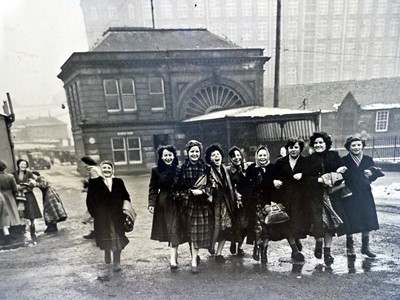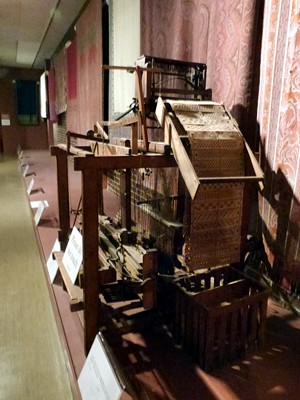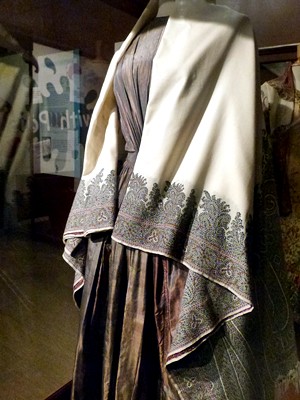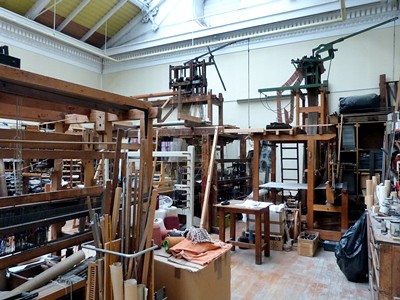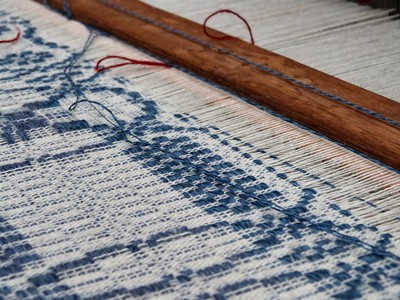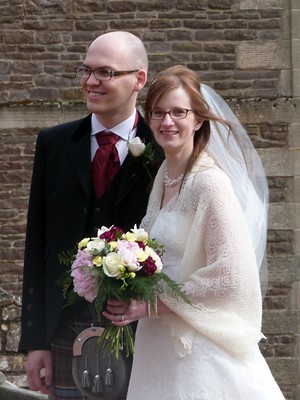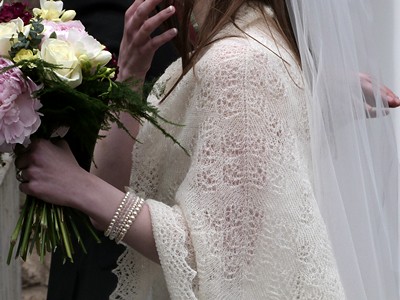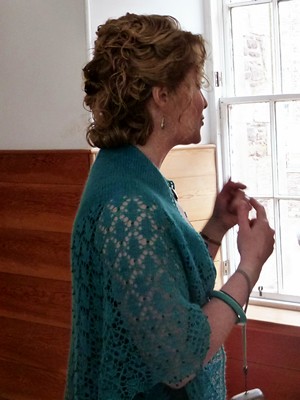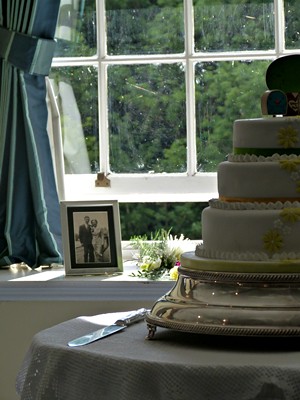Go make yourself a cup of tea, butter your scone and get comfy. This is going to be a dose of loveliness. (And there is a giveaway at the end! Giveaway now closed!)
There are some designers whose works are so distinctive that you don't need to look at a label or a tag to know who made a particular item. This is true for catwalk fashion design, of course, but also true for the very best of knitting design.
To my mind, Susan Crawford's work is instantly recognisable as hers. Her designs are informed by fashion history, always impeccably finished and oh so very British. Her work is nostalgic, but in a very wearable, contemporary way: these are designs to knit while you are watching Brief Encounter or A Matter of Life & Death in your 21st century flat.

Susan has just released Coronation Knits - a lovely collection of 14 designs inspired by the late 1940s and early 1950s. I was given a copy some time ago (such a huge treat!) and absolutely loved what I saw. The book plays right into that young girl who subsisted on Nancy Mitford novels and David Niven films when growing up in Nowheresville, Denmark. Susan's book makes me yearn to be impossibly elegant and witty with a rich, plummy accent. Maybe if I knitted that twinset jumper..?

.. well, I would look absolutely ravishing, of course, but there is no disguising those Scandinavian vowels of mine. Alas.
Then Susan sat down for a conversation with me. As you do.
To me, your work is always unmistakably British - and Coronation Knits is, of course, as British as you can get. Could you say a few words about what you think British style is and, if you think it exists, how it informs your work?
"I too look at my work and can see something ‘distinct’ about it, and I guess that distinction is as you say, unmistakably British. I think British style does exist but it is not just one style or a particular look. I think it comes from an absorption of (..) the landscape, heritage, textile traditions and history, dressmaking and tailoring aesthetics along with design, art, interiors, fashion history and much more. Added to that our 'interesting' weather, drafty old houses, being outdoors in all climates, even frugality and you begin to create a combination that seems to evolve into a British style.
I don't think any design is done in a bubble, we are all influenced either consciously or unconsciously by things we have seen, read, touched but I think those listed above with a good helping of film and social history thrown in are the primary influences on my work. I love how fashion is linked to social changes happening at any given time and I try to explore the connections between the two in my work."

How did you approach Coronation Knits? Did you have set ideas in your head or were you surprised by the direction CK took you?
"I didn't have any designs in my head when I first started thinking about Coronation Knits. More an abstract concept about connecting my interest in this particular period of British history with a very themed collection of patterns. From that point of view the direction the book took has remained very true to that original concept but how the designs developed into such a real 'collection' has surprised me, especially considering the short time frame the book was created in.
I was nervous before commencing the project as to how quickly I would get back in the designing 'groove' after spending over two years working almost exclusively on A Stitch in Time Volume 2, which doesn't allow room for personal design ideas. However as soon as I began designing the ideas flowed and this was most definitely helped by having already created a specific theme to work to. I enjoyed the process so much I would really like to work this way again."

When I think of your work, I always think of it as being soft and feminine. I was intrigued when I saw your mens' sleeveless pullover - it is very much recognisable as your work, yet it is obviously very wearable for any gentleman of discerning taste. Was it a challenge to design a menswear item?
"I've designed menswear before and often get asked by men to do more menswear but its just one of those things that is on the list to do when time allows. However I really wanted to include some menswear in this book. I deal a lot in shape and fit and using the body to create that shape which is very different to how most men think of their clothing I would imagine. I used to make men's tailored suits and learnt a lot about the fit of men's clothing through that so hopefully that translates into my knitting patterns. I also know a fair number of male knitters and wanted to design something which would be interesting to knit if you were knitting for a man or are a man who knits. Having knitted the sample garment myself I found the pattern moved along nicely and helped me feel that I was covering big chunks of length each time a pattern repeat was completed. I know the Coronation Sleeveless Pullover is quite a statement but I think the muted colour palette really turns it into a very wearable garment."
(This sleeveless pullover is one of my favourite pieces from Coronation Knits, actually. Far too often designs for men equal baggy, dull jumpers in safe, dark colours. No man of my acquaintance would ever wear such shapeless things and it was so wonderful to find a fitted and quirky menswear piece in Susan's book! Huzzah!)

Finally, the book looks absolutely gorgeous. It is an absolute joy to look at. How did you go about styling it?
"As a vintage clothing collector I do have a lot of bits that I have collected over the years – hats, scarves, bags and jewellery in particular, but clothes, shoes etc as well. The main difficulty this time was having chosen the red, white and blue theme all the props had to fit in with that theme too so it did involve quite a bit of searching. Fortunately I have some great contacts who work with vintage fashion who help me out when I get stuck and who came up with some key pieces on this occasion.
I had decided from the very beginning of the project to use the 'Royal Route' background that you see in every image. This original illustration from 1953 was the perfect backdrop for the designs and made it much easier to theme. I also have hundreds of magazines and books from this period and both my models, my daughter Charlie, and her boyfriend Denis, spent a lot of time studying the magazines to identify poses that were appropriate to the time frame. They really worked it and brought the images alive.
Gavin, my husband, is the Graphic Artist on all our projects and he has an amazing eye for detail and can make any page look better just by minutely adjusting something. It really is a team effort and I hope it shows in the finished results."

It does indeed look gorgeous - as I am sure you can tell from the photos. Isn't that Diamonds Is Forever jumper just lovely? I can just imagine myself wearing it with a little pencil skirt to a certain little retro tea shop in my neighbourhood. And, you know, I bet my 16-year-old Mitford-reading, Niven-watching self would say I was the height of glamour.
You can purchase Susan's book here but Susan Crawford has generously offered me an extra copy to give away to a reader.
Thank you, Susan!
In order to win this, I would love to know which piece from the book you would knit and where would you wear it? Giveaway runs from Saturday July 7, 2012 until Saturday July 14, 2012 8am GMT.
This blog post forms part of the Coronation Knits blog tour - please go visit all the blogs on this tour - they are all great reads.
12th June 2012 - More Yarn Will Do The Trick - Jean Moss 16th June 2012 - JenACKnitwear - Jen Arnall Culliford 18th June 2012 - The Icelandic Knitter - Helene Magnusson 20th June 2012 -Knitting Institute - Knitting Magazine 24th June 2012 - Ingrid Murnane Investigates - Ingrid Murnane 28th June 2012 - Domestic Soundscape -Felicity Ford 29th June 2012 - Sheep To Shawl - Donna Druchunas 2nd July 2012 - The Making Spot - Simply Knitting 6th July 2012 - rock+purl - Ruth Garcia-Alcantud
-- 10th July 2012 - By gum, by golly! - Tasha 14th July 2012 - tomofholland - Tom Van Deijnen 18th July 2012 - Woolly Wormhead - Woolly 22nd July 2012 - Crinoline Robot - Mim 25 July 2012 - Sexyknitter.com - Sarah Wilson

